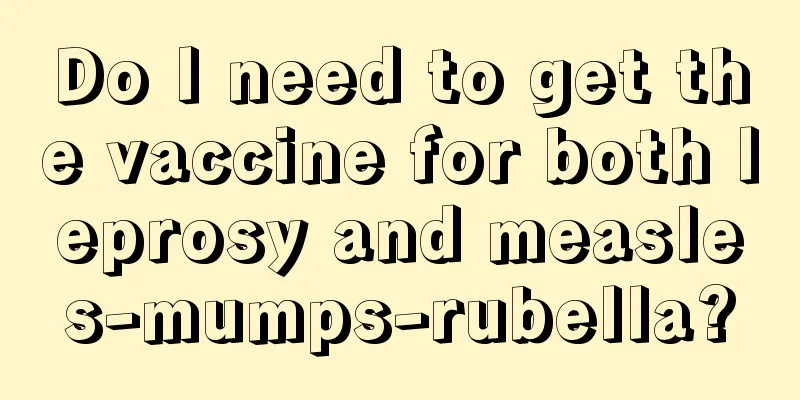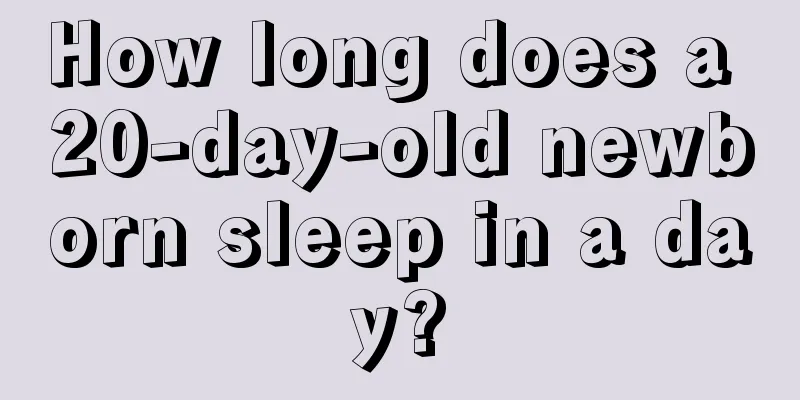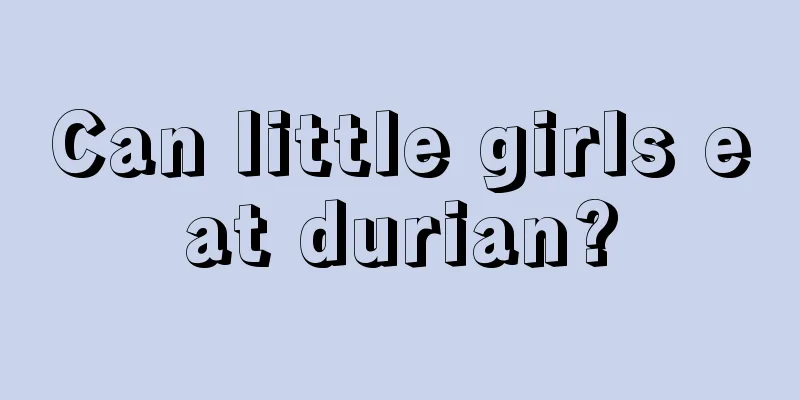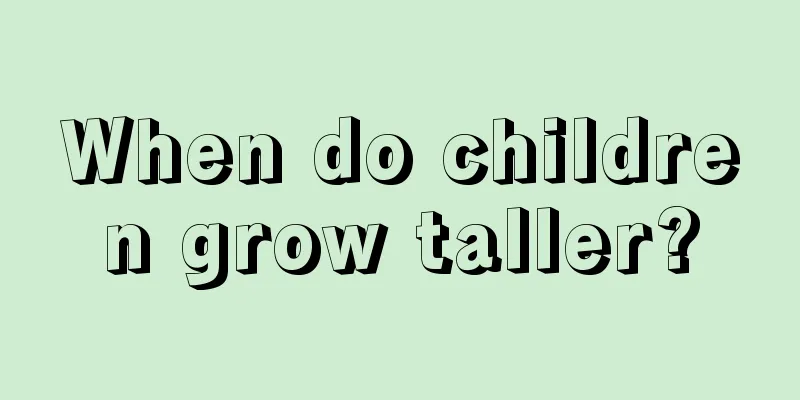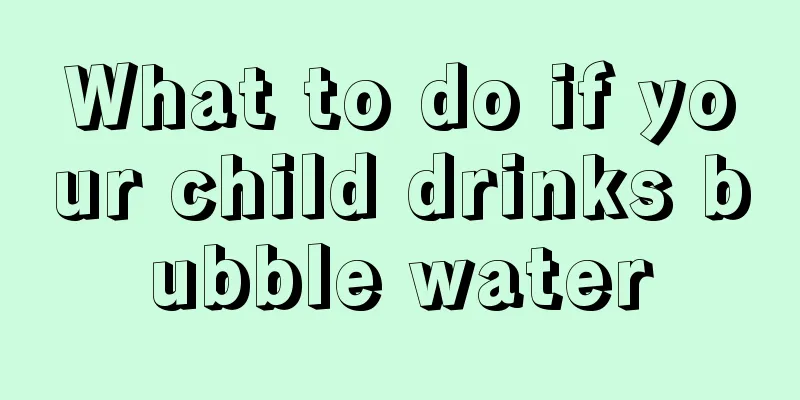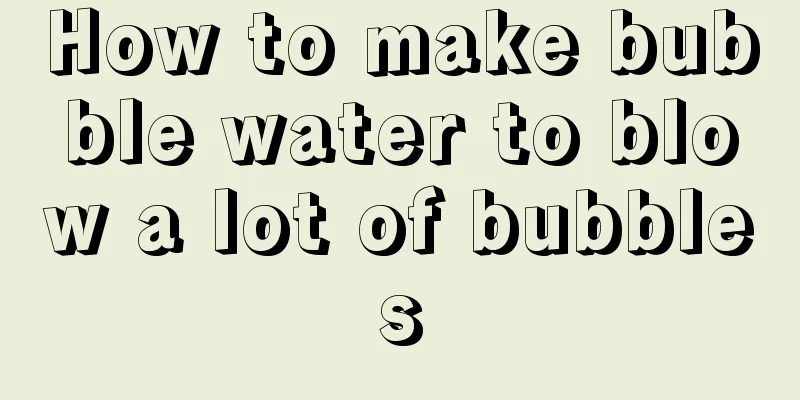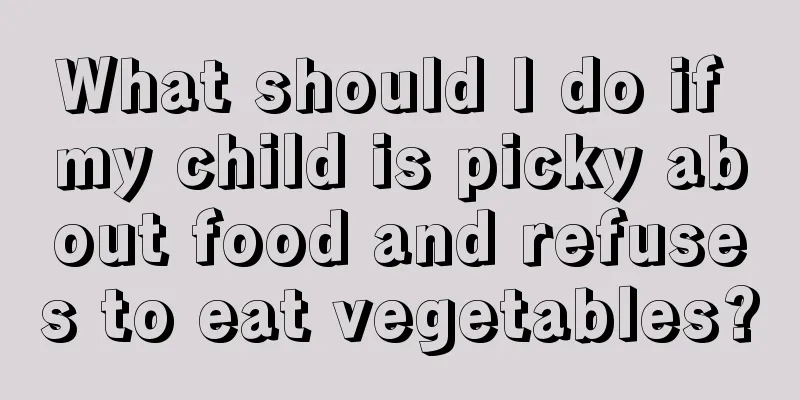What are the physical methods to reduce fever in children?
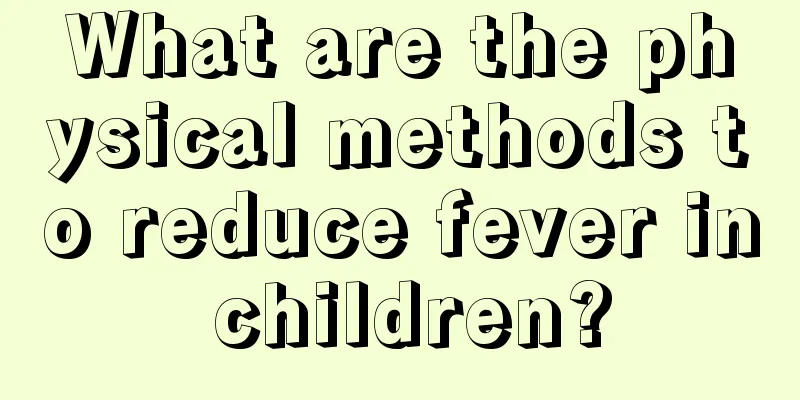
|
When a child has a fever, physical cooling methods are usually used. According to the doctor's advice, different physical cooling methods can be used. It is very important to choose a reasonable physical cooling method. In order to bring convenience to everyone, we have summarized the physical cooling methods for children with fever. I hope it will be helpful to all parents. Parents become most nervous when their children have a fever. Fevers often recur, so home care is very important. When a baby has a fever, physical methods should be used to reduce the temperature first. If the body temperature exceeds 38.5 ℃, medication should be used to reduce the temperature. While using medication to reduce fever, physical cooling should also be used. The following are some common physical cooling methods used in various households: 1. Drink more warm water, vegetable juice and fruit juice. Let your baby drink more water and replenish body fluids. This is the most basic method of reducing fever. It is very effective and practical and suitable for all babies with fever. Do not give your baby cold water, because fever is often accompanied by gastrointestinal symptoms and cough, and drinking cold water will aggravate these accompanying symptoms. Give your baby warm water. 2. Warm water bath, that is, wipe the whole body with a warm water towel. This is a great way to cool down any baby who has a fever. The water temperature should be between 32 and 34 oC, and each wiping time should be more than 10 minutes. The key areas to wipe are the skin folds, such as the neck, armpits, elbows, groin, etc. 3. Warm water bath: The water temperature should be about 3-4℃ lower than the child's body temperature, and each bath should last for 5-10 minutes. Many parents think that babies should not be bathed when they have a fever. In fact, on the contrary, giving babies a warm bath can help cool them down. A warm bath is suitable for all babies with a fever. 4. Low-temperature chamber method: Place the sick child in an environment with a room temperature of about 24°C to slowly lower the body temperature. In order to allow the skin to come into contact with the outside air and help cool down, people need to wear less clothes. If conditions permit, use air conditioning to lower the room temperature. This method is suitable for babies under 1 month old, especially in summer. Just open the baby's clothes and put him in a cool place, his body temperature will slowly drop. If your baby has chills and shivering when having a fever, you should not use the low-temperature chamber method. 5. Cooling patch: Cooling patch is a new product in recent years and is very popular. In fact, the cooling effect is average and not as exaggerated as advertised. Putting a patch on the baby's forehead will make the baby's head feel more comfortable and the parents will feel more at ease too. It should be beneficial and harmless. If the baby's temperature is still over 38.5℃ after physical cooling treatment, medication should be used to reduce the fever. Ice compresses and alcohol wipes have been abandoned. Intramuscular antipyretic injections can damage the gluteus maximus and affect its development, so many doctors do not recommend them. Therefore, whether at home or in the hospital, oral antipyretics are the best way to reduce fever. Traditional antipyretic drugs include oral aspirin tablets, acetaminophen nasal drops, and a variety of antipyretic suppositories, which have basically been eliminated. Especially in Guangdong, it is very dangerous to use the above traditional antipyretic drugs without the guidance of a doctor, and often causes very serious consequences or even death. The above are the physical methods to reduce fever in children. In addition to drinking more boiled water and replenishing the various vitamins C needed in the body, you can also take a warm bath and wipe with a towel. These methods are not like drug treatment methods, which have great side effects on children, but are especially good for the child's physical development. |
<<: What to do if the newborn has yellow eye discharge
>>: What to do if your five-month-old baby has repeated fevers
Recommend
What should I do if my child has poor hearing?
Every parent hopes that their children will grow ...
What are the dangers of insufficient sleep in children?
Good sleep quality is a prerequisite for ensuring...
What fruits are good for children with cold and cough
Our traditional Chinese medicine believes that co...
What to do if a 1-month-old baby gets angry
If a one-month-old baby gets a fever, you should ...
Do newborn babies have half-moons on their nails?
It is a common phenomenon for newborns to have ha...
How to make spleen-strengthening and stomach-nourishing porridge for young children?
After a long and hot summer, some mothers are not...
How to treat hand, foot and mouth disease blisters
Many people don’t know how to deal with blisters ...
Chinese patent medicine for regulating spleen and stomach in children
When children have weak spleen and stomach, paren...
What is the normal value of a child's head circumference at different months?
In life, we often say that children with big head...
What are the benefits of baby spinach puree?
The baby's body is fragile, so we need to pay...
What are the treatments for allergic asthma in children?
Allergic asthma is a respiratory disease that chi...
What to do if your newborn refuses to sleep
Some parents report that their babies always refu...
What to do if fetal scalp edema
Fetal scalp edema is a relatively serious disease...
24 month old baby not talking
Generally, babies over two years old can speak so...
What are the requirements for baby silver bracelets
There has always been a folk custom of giving sil...
